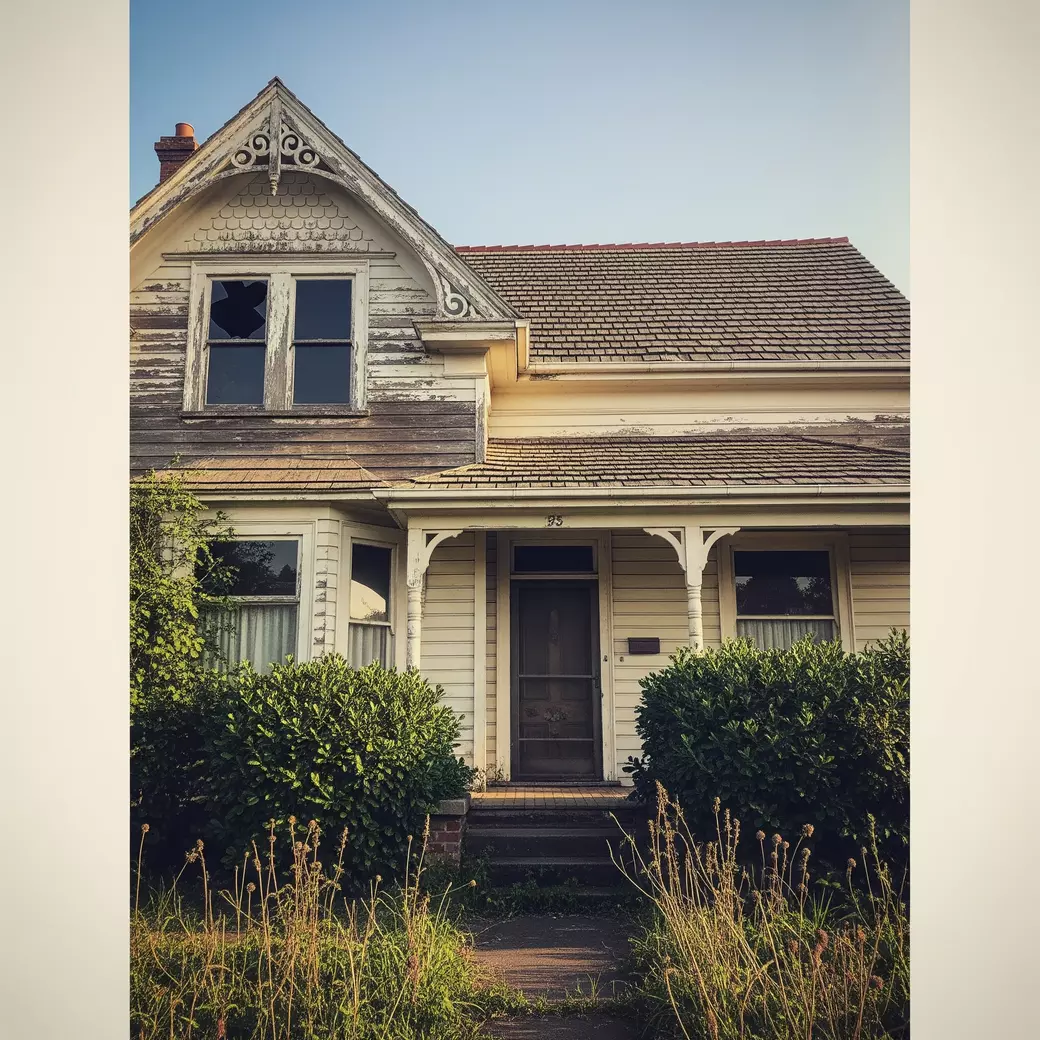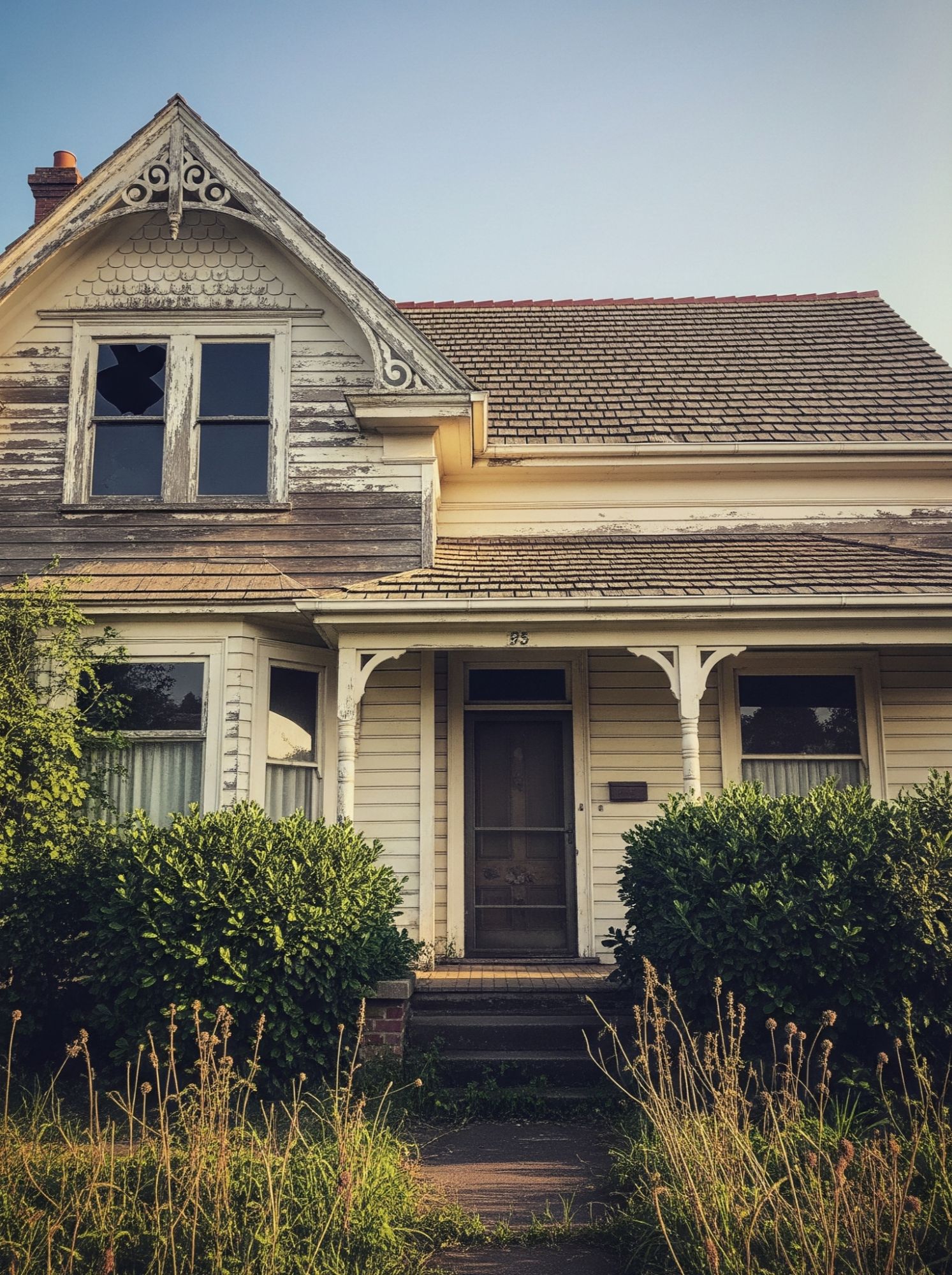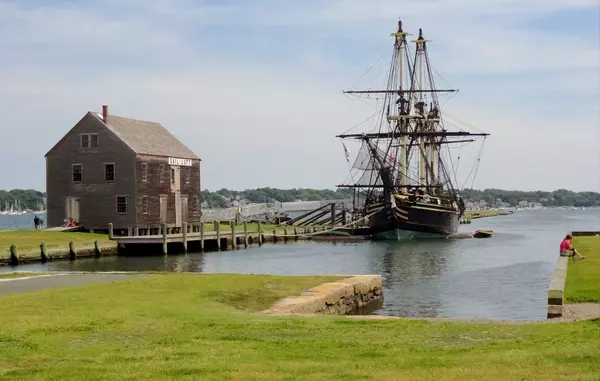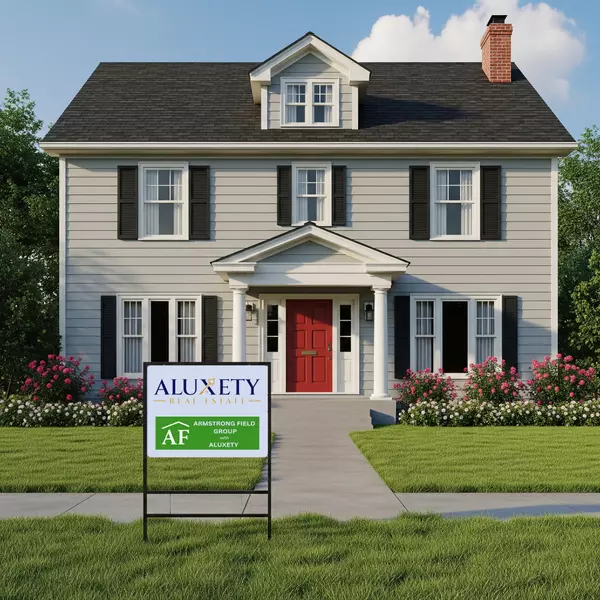Thinking of Buying an Older Home? Here Are Some Things to Keep in Mind

There's an undeniable charm to older homes. The intricate details, the mature landscaping, the sense of history within the walls – it's a romantic notion for many prospective homeowners. But beneath that charming facade, older homes often come with a unique set of considerations that differ significantly from their newer counterparts. If you're contemplating a move into a piece of the past, here are some crucial things to keep in mind.
The Good: Character, Craftsmanship, and Location
Let's start with the allure.
- Character and Charm: Forget cookie-cutter layouts. Older homes often boast architectural details like crown molding, built-in cabinetry, unique window styles, and original hardwood floors that are expensive or impossible to replicate today.
- Solid Construction: Many older homes were built with a level of craftsmanship and materials that are rare in modern construction. Think old-growth timber, plaster walls, and sturdy foundations that have stood the test of time.
- Established Neighborhoods: Often, older homes are situated in mature, tree-lined neighborhoods with established communities, convenient access to amenities, and a sense of permanence that newer developments might lack.
- Larger Lots: It's common to find older homes on more generous plots of land, offering more privacy, gardening space, and room for outdoor living.
 The Not-So-Good: The Potential Pitfalls
The Not-So-Good: The Potential Pitfalls
Now for the practical realities. While charming, older homes can be a Pandora's Box of potential issues.
- Outdated Systems: This is often the biggest hurdle.
- Electrical: Knob-and-tube wiring or outdated circuit breaker panels are common and can be a fire hazard. You'll likely need to budget for a full electrical upgrade to handle modern appliances and electronics.
- Plumbing: Galvanized pipes, lead pipes (especially in very old homes), or inefficient plumbing layouts can lead to leaks, low water pressure, and costly repairs. Cast iron drains can corrode.
- HVAC: Older homes might have inefficient heating and cooling systems, or none at all (think radiators only). Upgrading to a modern, energy-efficient system can be a significant expense.
- Structural Concerns: While often built robustly, age can take its toll. Look out for:
- Foundation Issues: Cracks in the foundation, bowing walls, or uneven floors can indicate settling or more serious structural problems.
- Roofing: Older roofs might be past their prime, requiring immediate replacement.
- Water Intrusion: Leaky basements, moisture in the attic, or signs of past water damage are red flags.
- Lead Paint and Asbestos: If the home was built before 1978, it likely contains lead-based paint. Homes built before the 1980s might also contain asbestos in insulation, flooring, or other materials. Both require professional abatement, which can be costly and disruptive.
- Lack of Insulation/Energy Efficiency: Older homes often lack adequate insulation in walls, attics, and crawl spaces, leading to higher energy bills. Drafty windows and doors are also common culprits.
- Unexpected Repairs: Things break. In an older home, those "things" might be custom-sized windows, original hardware, or plumbing fixtures that are difficult and expensive to replace or repair.
- Layout and Modern Living: While charming, older layouts might not suit modern lifestyles. Small, compartmentalized rooms, limited closet space, and fewer bathrooms are common. Renovations to open up spaces can be complex due to load-bearing walls and existing systems.
Before You Buy: Do Your Homework
The key to a successful older home purchase is thorough due diligence.
- Get a Comprehensive Home Inspection: This is non-negotiable. Hire an inspector experienced with older homes. They can identify potential issues that a less experienced inspector might miss. Consider specialized inspections for things like lead, asbestos, or structural integrity if recommended.
- Budget for the Unexpected: Add a significant buffer to your renovation and repair budget. Things will come up that you didn't anticipate. A good rule of thumb is to factor in at least 10-20% of the purchase price for immediate or near-term improvements.
- Research Local Contractors: Start building a network of reliable contractors (electricians, plumbers, HVAC specialists, roofers) who are familiar with older homes. Ask for references and get multiple bids.
- Understand Historical District Rules: If the home is in a historic district, there may be restrictions on exterior changes, renovations, and even paint colors. Familiarize yourself with these regulations before you buy.
- Consider Insurance Implications: Older homes can sometimes be more expensive to insure due to their age and potentially outdated systems. Get insurance quotes before you close.
- Look into Special Finacing Options: There are mortgage financing options that will not only give you the funds to buy the house, but also extra monet to make repairs & upgrages, including all new appliances. The FHA 203K is one exanple, but lenders have their own programs.
Buying an older home is a commitment, but for the right buyer, it's a rewarding experience. It's about preserving a piece of history and enjoying a home with unparalleled character. Just go in with your eyes wide open, a healthy budget, and a realistic understanding of the work involved, and you might just find your perfect historic haven.
See all Older and Antique homes for sale on the North Shore of Massachusetts.
Jim Armstrong
Real Estate Broker/Ceritfied Massachusetts Real Estate Instructor
https://armstrongfield.com/agents/Jim_Armstrong/8588298
Categories
- All Blogs (92)
- Beverly, MA (4)
- Buying a Home (37)
- Condos For Sale (3)
- Home Ownership (25)
- Homes For Sale (7)
- Living on the North SHore (8)
- Mortgages (4)
- Prospective Real Estate Agents (1)
- Real Estate Careers (8)
- Real Estate Market Conditions (18)
- Real Estate School (1)
- Salem, MA (6)
- Selling a home (46)
Recent Posts












